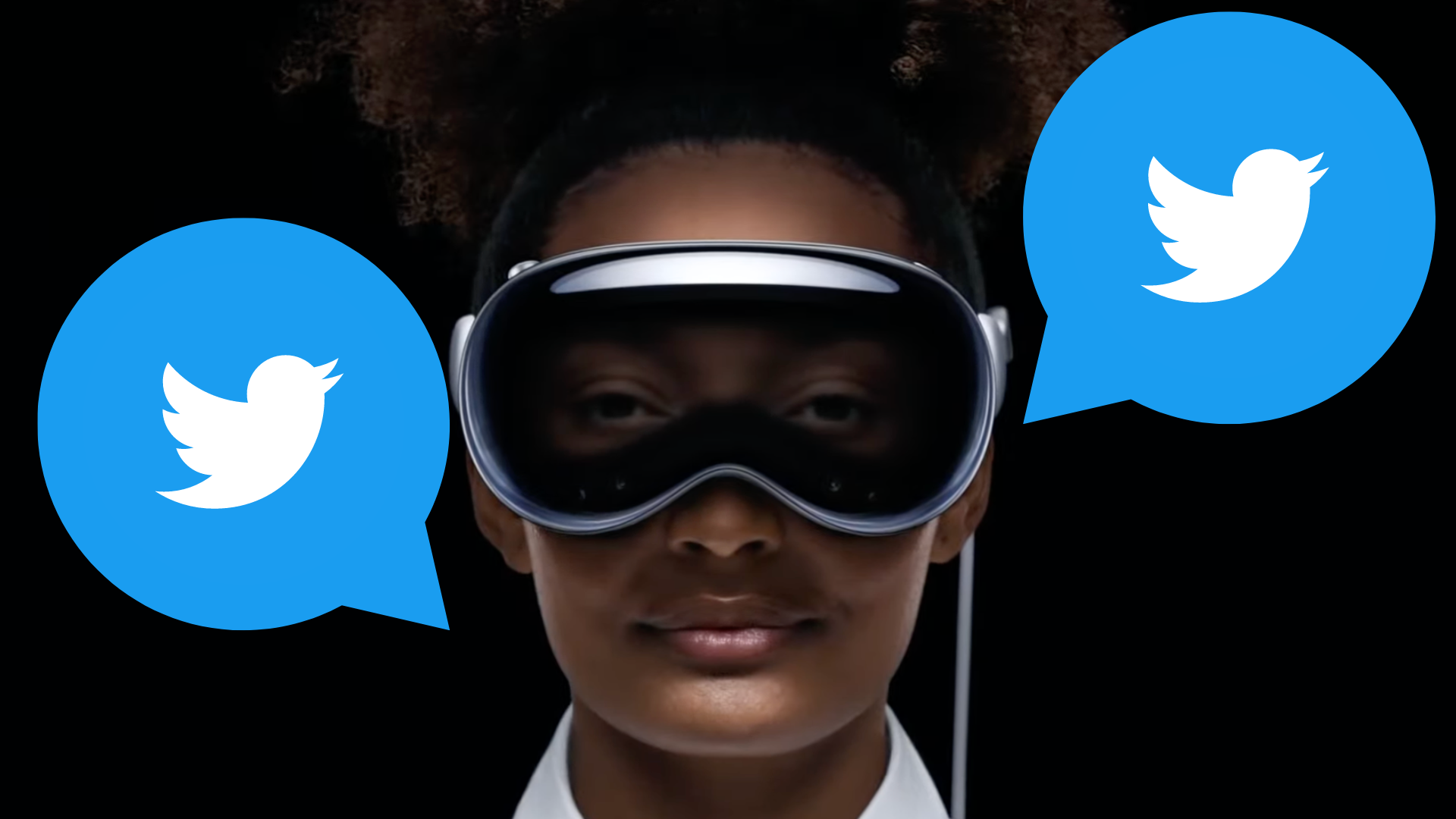Twitter the crypto sandbox – Protocol

Good morning! Elon Musk has some big issues to chew through first — like restructuring the entirety of Twitter — but it looks like big crypto experiments are coming to the social network soon enough. This morning we take a closer look at both.
What’s happening on Twitter
A lot has happened since Elon Musk finally took the reins on Twitter on Thursday. Here’s a quick catch-up.
The Musk-Twitter war room hardens. The Verge and other outlets reported seeing several Musk allies in Twitter’s employee directory.
Musk continues to clean house after Friday’s carnage, when he fired CEO Parag Agrawal and several others.
- Musk’s inner circle and remaining Twitter executives met over the weekend to discuss laying off 25% of Twitter’s workforce, The Washington Post reported. It is claimed that all departments will be affected.
- He also disbanded the Twitter board – although he claimed this was “temporary” — and is officially now CEO.
Then there is the product itself. Product management is likely to be overhauled as part of Musk’s restructuring, Bloomberg reported.
No word yet on content moderation guidelinesthough Musk announced he forms a moderation council with “widely differing views”.
Twitter the crypto sandbox
So Twitter’s future looks unclear under Elon Musk. But can things come into focus for crypto-Twitter, asks Protocol’s Benjamin Pimentel?
Musk has shown that he can move crypto. The self-proclaimed “tweeter-in-chief”, who has more than 112 million followers on Twitter, is known to trigger wild movements in the price of dogecoin at the mere mention of the token.
- Dogecoin has rallied again, its price boosted not by any tweets from Musk, but simply by the idea that one of its leading cheerleaders is in charge.
And crypto could play a big role in Twitter’s future. It even played a role in financing Musk’s takeover: Binance invested alongside him, giving it a say in the reshaping of the social network.
- Patrick Hillman, Chief Strategy Officer of Binance, told Protocol’s Benjamin Pimentel that the investment is “a huge R&D opportunity” to use Twitter as a “sandbox” to apply “Web3 solutions” to the problems plaguing a Web 2.0 social network. That includes fighting off the crypto junk bots Musk has complained About.
- Some ideas already being considered include a microtransaction system that would impose prohibitive costs on robots, Hillman said. Another proposal is to use NFTs to establish the users’ identity.
So when do the Web3 experiments start? Musk is currently focused on reorganizing Twitter — work “you’d expect of any new executive who just took over a prestigious company,” Hillman said — but once that’s done, these kinds of projects could get underway.
- Rob Siegel, a management lecturer at the Stanford Graduate School of Business, said Twitter under Musk could mean that “Web3 technology finally gets a commercially interesting application at a scale that is more than financial speculation.”
- But it’s also easy to see scenarios in which Twitter “evolves[s] into more chaos,” Siegel said. “Musk’s promises of a barely moderated free-for-all” could easily attract “racist and anti-Semitic” tweets, said Marc Fagel, a former SEC regional director for San Francisco, as well as “unfounded crypto-evangelism and pitches for NFT and crypto fraud.”
While crypto fans obviously want to know how the Musk regime will benefit them, their needs are likely on the back burner. Indeed, Musk has barely tweeted about crypto since he started amassing his stake in Twitter. Crypto Twitter may especially love Musk, but Musk has a lot of people to love.
Read more: Crypto Twitter struggles with the Elon factor
The future of AI collaboration
The open source software movement and the development of AI have thrived on borderless knowledge sharing. But the tension between the US and China threatens innovation in space, reports Kate Kaye in the protocol.
AI development has flourished thanks to the borderless open source software movement that has risen above geopolitical tensions between China and the US
- AI is a melting pot of shared fundamentals that includes everything from bundles of code to pre-built machine learning models that, when cobbled together and adapted, have spawned innovations like speech recognition and natural language processing.
- “I don’t think we would have had the kind of machine learning boom we have without open source,” Kevin Goldsmith, chief technology officer at Anaconda, told Kate.
But that could easily change. Efforts by the US and China to prevent technical cooperation could dampen the vibrant open source ecosystem. Take, for example, collaboration on GitHub, the world’s most populated online public square for the exchange of AI technology ideas.
- While GitHub provides a wealth of knowledge and technical support to China’s AI researchers and industrial developers, China’s government has indicated that it wants its developers to leave the site in favor of Gitee, its own alternative, ostensibly for both self-sufficiency and control.
- Already Gitee users have seen government intervention that some concerns amount to censorship.
- In the US, the biggest concern is the development of “dual use” AI made by China for civilian use that could have potential military or criminal uses.
- Government officials concerned about exposing American technology to China also cite the risks of trade secrets and theft of intellectual property.
- Although it’s harder for governments to argue with open source projects, the US government has severely restricted the sale of advanced US semiconductor technology to China in an effort to limit China’s AI research
If tensions between the US and China continue to escalate, a slow, difficult break-up could be ahead. But the countries’ deep and long-standing entanglement in technology means that a decoupling is likely to be met with fierce backlash.
Read more: Will nationalism end the golden age of global AI collaboration?
Sponsored content from ServiceNow

Ever since the pandemic put the evolution of everything into hyperdrive, marketers realized that the old categories of B2B, B2C and B2B2C were obsolete. As of 2020, our profession embraced the Business to People (B2P) paradigm. Business is basically relationships between people. Even in the largest enterprises, the people who make important decisions are still human.
Learn more
People talk
Not everyone is convinced that Adobe’s $20 billion acquisition of Figma was worth the price, including Gregg Moskowitz, managing director of enterprise software research at Mizuho:
- “When you consider what Figma adds as a percentage of Adobe’s total ARR and even factor in an expectation of robust growth for another two, three years, it’s still difficult in our view to really rationalize the amount being spent.”
Moderation of content on TikTok cannot be solved with technology alone, says Karan Lala, a fellow at the Integrity Institute and former software engineer at Meta:
- “Let’s say you review a video and say, ‘oh, the content of this video was a lie.’ How do you effectively connect that decision to all the videos that might come from different creators who phrased the lie differently?”
Making moves
Two Apple executives are leaving the company. Anna Matthiasson, vice president of e-commerce, is leaving after three years, and chief information officer Mary Demby is stepping down after 30 years, sources told Bloomberg.
Tim Shannehan becomes Eight Sleep’s new chief revenue officer. He was previously at Peloton for eight years, most recently as sales manager.
Who’s next in line for the Adobe CEO job? While current CEO Shantanu Narayen isn’t close to leaving, David Wadhwani — an Adobe president who led the Figma deal — could apparently one day take his job.
Oracle to close some Cerner offices in Kansas City and move employees to one location.
In other news
DHS is working to suppress online speech it is considered dangerous, according to a report from The Intercept. Leaked internal documents show how the department influences technological platforms.
Amazon will remove seller Appario Retail from its India marketplace following pressure from India’s antitrust regulator.
The homework help platform Chegg is “careless” with data, claims the FTC. In 2018, for example, a former contractor was able to use login credentials to steal data from 40 million people.
Mass production of the Tesla Cybertruck is scheduled to start in late 2023, according to Reuters.
Is Meta really in a death spiral? Here’s an argument for yes, and Ben Thompson’s argument for no.
Uber reported a loss for the third quarterbut earnings beat Wall Street expectations.
Adobe users now have to pay to use Pantone colors. It will be $15 a month for the privilege.
Many crypto industries are quietly dependent on oracles, the automated feeds that, among other things, enable trading on blockchains. But as oracles face more scrutiny in light of their roles in recent hacks, some VCs and big crypto players see it as an opportunity.
How much should you pay yourself?
According to a new report from accounting software company Pilot, which surveyed 500 startup founders, 46% make less than six figures. 69 percent of bootstrapped founders reported making less than $100,000 a year, and 18% said they made $0 in salary.
Don’t do this to yourself. While it might be considered “a flex” to take as little pay as you can, for some reason experts agree that paying yourself a living wage is more important. Some entrepreneurs have gone bankrupt, despite raising millions in funding. “No one forced them to do it. They were just under the impression that, ‘I’ve heard that I have to starve to win,’ or something like that,” said startup fundraising advisor and former Y Combinator partner Aaron Harris.
Sponsored content from ServiceNow

The pandemic has been a global event which, somewhat paradoxically, put an intense spotlight on the personal. In a marketing context, it emphasized the centrality of supporting customers’ purpose—personal and organizational—and the need to serve customers’ customer hierarchy of needs as those needs change over time.
Learn more
Thoughts, questions, tips? Send them to [email protected], or our tips line, [email protected]. Enjoy the day, see you tomorrow.
























